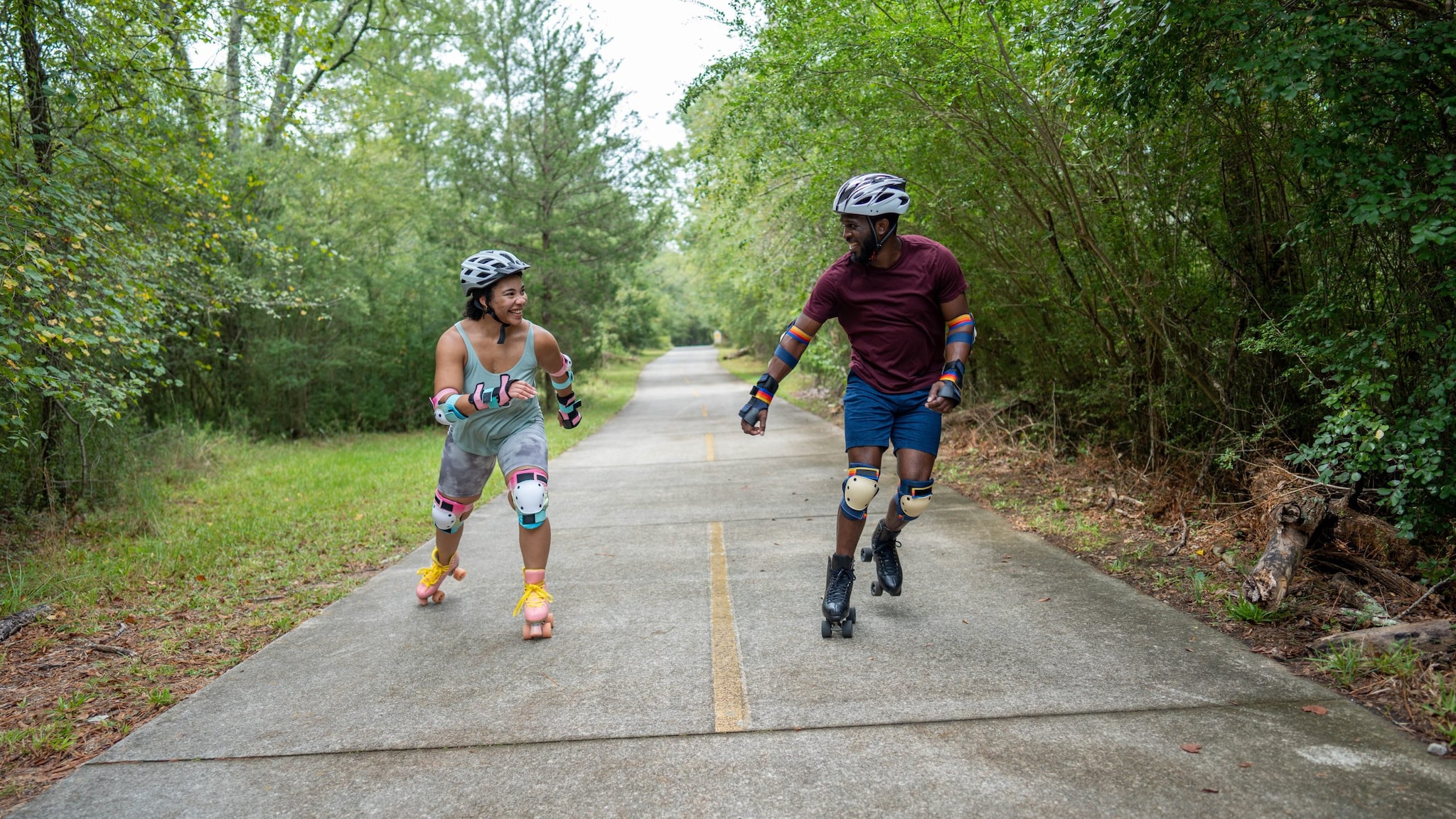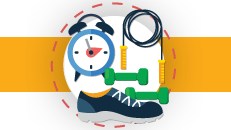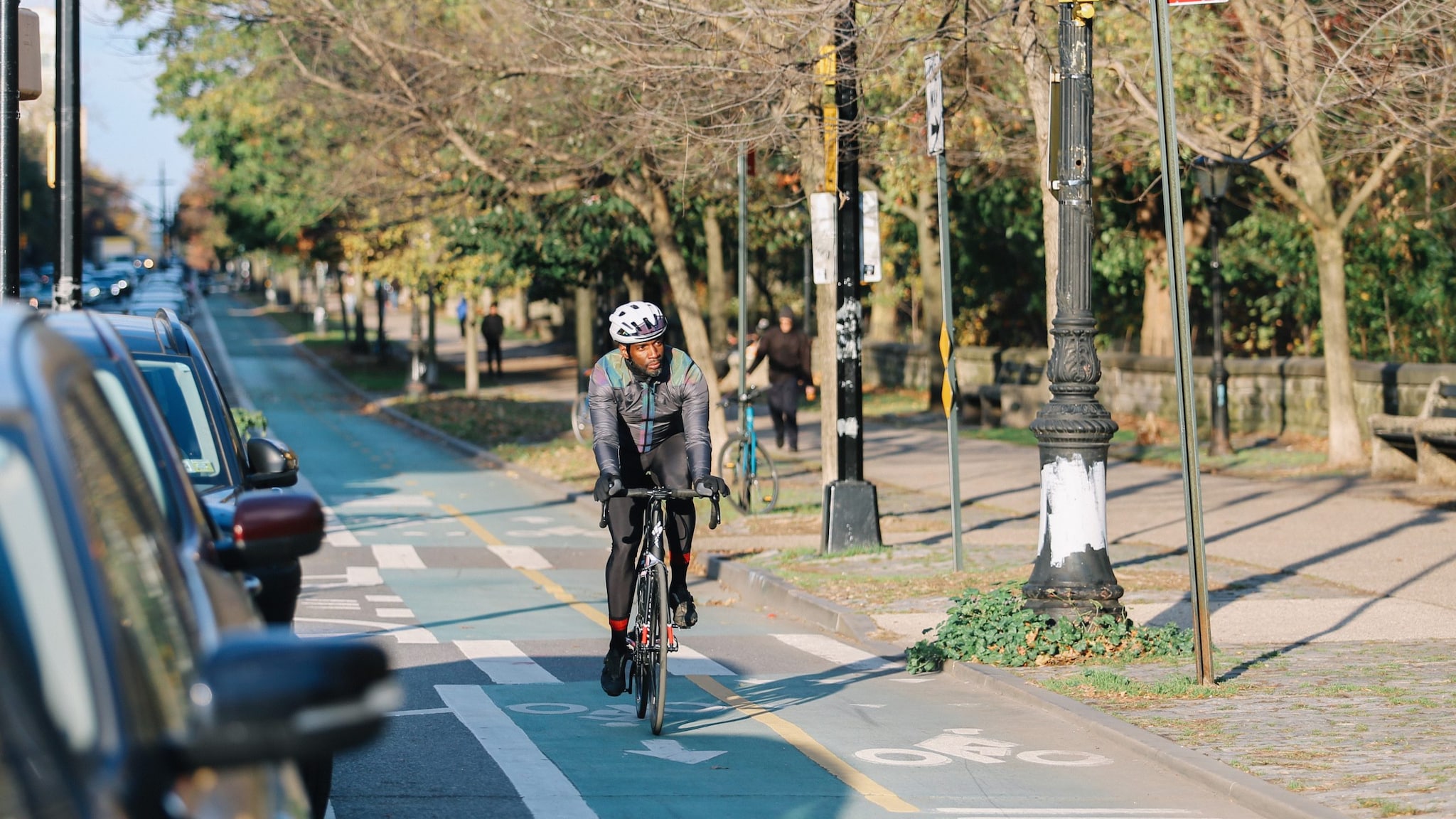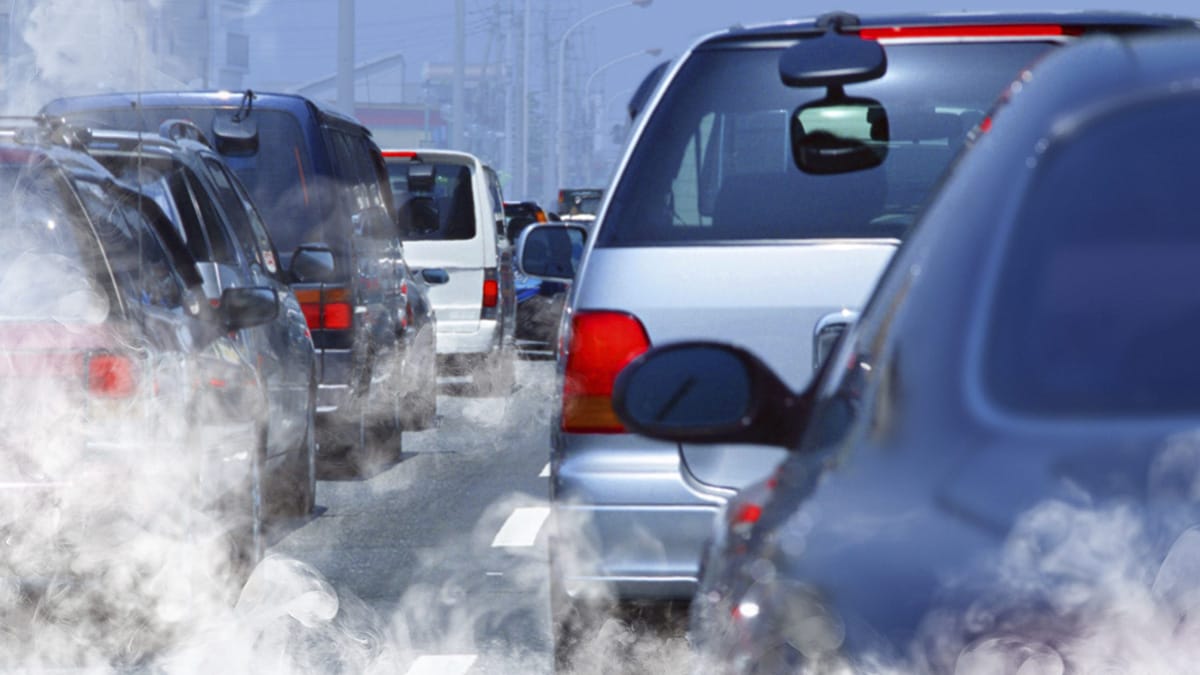Key points
- The way we design and build communities can affect physical and mental health.
- Healthy community design includes planning and designing communities that make it easier for people to live healthy lives.
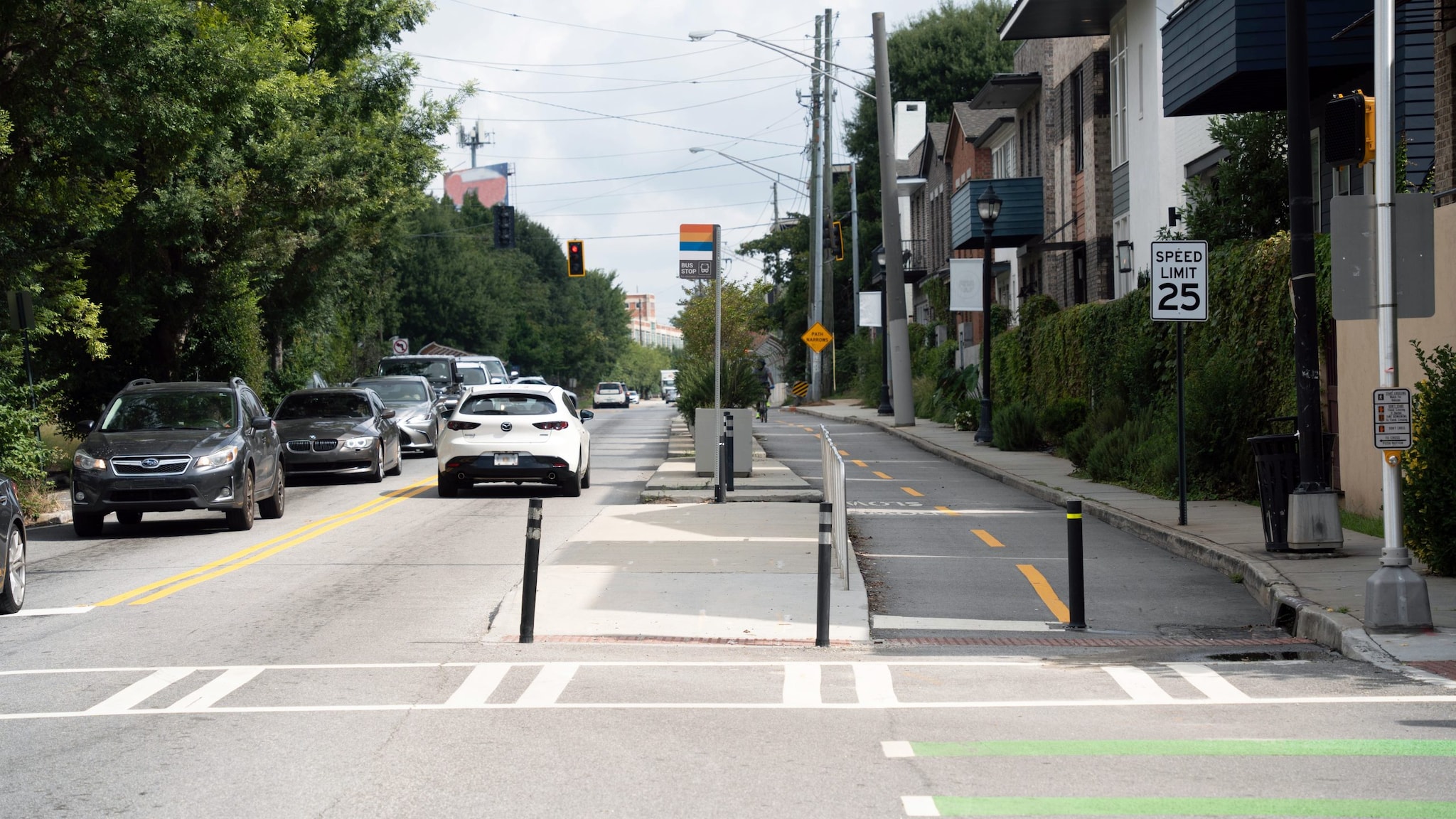
Background
Designing and building healthy communities can improve the quality of life and health for the people who live there.
Potential benefits of healthy community design
- People being more physically active.
- Improved air quality.
- Fewer traffic crashes.
- People connecting with one another socially.
- People being able to age where they live without having to move.
- People or families being able to live in safe, affordable places.
Some characteristics of healthy community designs
- Safe and easy pathways on which people can walk and bike.
- Nearby parks, trails, and open areas that are easy to get to.
- Nearby places—such as schools, workplaces, faith centers, parks, stores, and hospitals—where people can easily walk, roll, or bike to.
- Safe street design.
- Mass transit that is safe and easy to use, on which people can rely.
- Available housing for people of all income levels.
Data spotlight
See the Healthy People 2030 objectives to create neighborhoods and environments that promote health and safety.
Links
Learn about the importance of parks, trails, and health.
Strategies for state and local groups to increase physical activity through community design.
Learn key recommendations for bringing public health considerations into transportation issues.
Learn about pedestrian, bicycle, and motorcycle safety.
States, communities, early care and education programs, and schools can improve healthy food access.
This page informs people about the CDC Climate and Health Program.
Information on criteria air pollutants and health effects of ozone and PM

